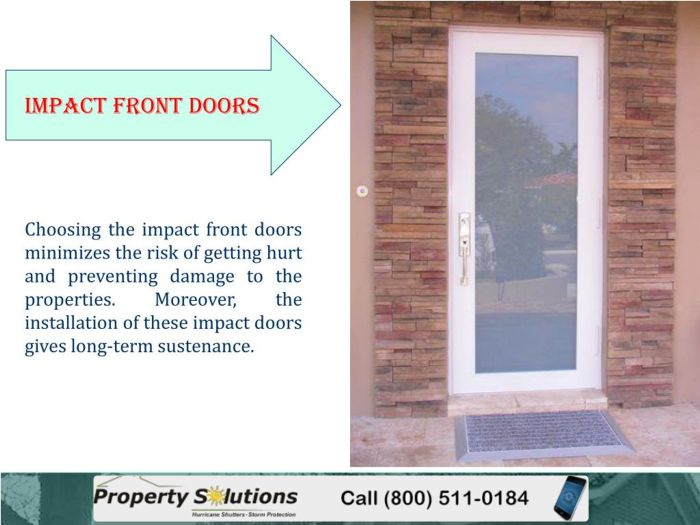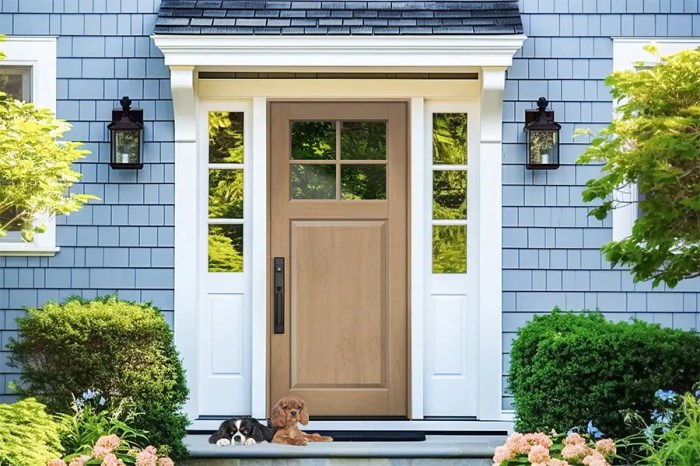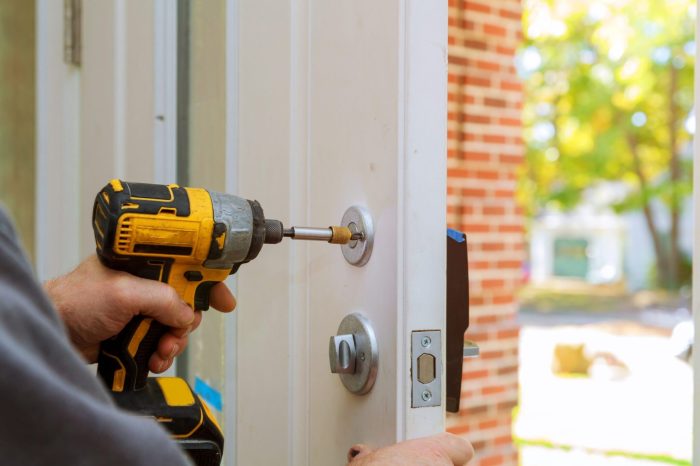Exploring Fine Homebuilding Design Trends for 2025
Diving into the realm of Fine Homebuilding Design Trends for 2025, this introduction captivates readers with a glimpse into the future of home design.
The following paragraph delves deeper into the current and projected trends, offering a comprehensive view of the evolving landscape of homebuilding design.
Fine Homebuilding Design Trends for 2025
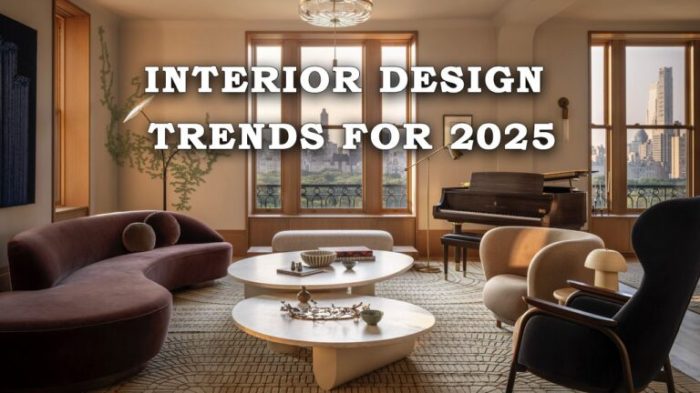
Homebuilding design trends are constantly evolving, influenced by various factors such as lifestyle changes, technological advancements, and environmental awareness. As we look ahead to 2025, it is essential to understand the current trends and how they are expected to shift in the near future.
Current Design Trends in Homebuilding
Currently, some prevalent design trends in homebuilding include open floor plans, energy-efficient features, smart home technology integration, and sustainable materials. Homeowners are increasingly prioritizing functionality, comfort, and aesthetics in their living spaces.
Projected Design Trends for 2025
Looking towards 2025, design trends are expected to focus more on flexibility and adaptability. Multi-purpose rooms that can easily transform for different uses, such as home offices or workout spaces, are likely to become more common. Additionally, there will be a greater emphasis on outdoor living spaces and biophilic design to promote health and well-being.
Sustainable Practices Influencing Design Trends
- Integration of renewable energy sources such as solar panels
- Use of recycled and eco-friendly materials
- Implementation of passive design strategies for energy efficiency
- Water-saving features like greywater recycling systems
Role of Technology in Shaping Future Homebuilding Designs
- Smart home automation for energy management and convenience
- Virtual reality and augmented reality for design visualization
- 3D printing for construction of unique architectural elements
- Building Information Modeling (BIM) for enhanced collaboration and efficiency
Materials and Finishes
Innovative materials and finishes play a crucial role in shaping the design trends of homes in 2025. Let's explore the key aspects of how materials and finishes are transforming the homebuilding industry.
1. Eco-Friendly Materials
Eco-friendly materials are expected to dominate the homebuilding scene in 2025 as sustainability becomes a top priority for homeowners and builders alike. These materials are not only environmentally friendly but also offer durability and aesthetic appeal.
- Bamboo: Known for its sustainability and rapid growth, bamboo is a popular choice for flooring, cabinetry, and furniture.
- Recycled Glass: Utilizing recycled glass for countertops and tiles adds a unique touch while reducing waste.
- Reclaimed Wood: Vintage charm meets eco-consciousness with reclaimed wood, which can be used for flooring, beams, and accent walls.
2. Smart Materials
The integration of smart materials in homebuilding is revolutionizing the way we think about design. These materials can adapt to environmental conditions, enhance energy efficiency, and even change color or shape based on stimuli.
- Self-Healing Concrete: Concrete that can repair cracks on its own, increasing longevity and reducing maintenance costs.
- Smart Glass: Glass that can adjust its transparency based on light levels, offering privacy and energy efficiency.
- Thermochromic Paint: Paint that changes color with temperature variations, adding a dynamic element to interior and exterior surfaces.
3. Cutting-Edge Finishes
The finishes applied to surfaces can significantly impact the overall aesthetics of a home. In 2025, we expect to see a rise in cutting-edge finishes that bring a touch of luxury and sophistication to modern residences.
- Metallic Accents: Copper, brass, and gold finishes are making a comeback, adding a touch of glamour to fixtures, hardware, and decor.
- Concrete Finishes: Polished concrete floors and countertops offer a sleek and industrial look, perfect for contemporary designs.
- Bold Patterns: From geometric tiles to graphic wallpapers, bold patterns are set to make a statement in interior design, creating visual interest and personality.
Architectural Styles and Layouts
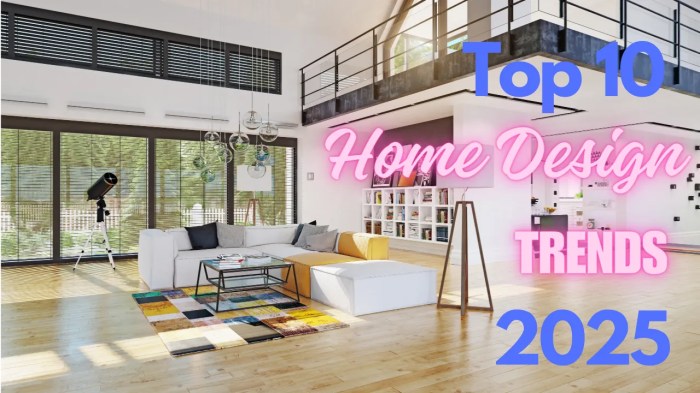
As we look ahead to 2025, several emerging architectural styles are expected to gain popularity, influenced by changing lifestyle needs and design trends.
Open Layout Evolution
Open layouts are evolving to cater to changing lifestyle needs, with a focus on creating multifunctional spaces that offer flexibility and adaptability.
- Flexible room dividers and sliding walls to allow for privacy when needed.
- Incorporation of movable furniture to easily transform spaces for different activities.
- Integration of smart home technology to control and personalize living spaces.
Outdoor-Indoor Living Spaces
Modern designs are increasingly incorporating outdoor-indoor living spaces to blur the boundaries between the interior and exterior of homes.
- Expansive windows and glass walls to bring natural light and nature indoors.
- Seamless transitions from indoor spaces to outdoor areas for a connected living experience.
- Inclusion of outdoor kitchens, fire pits, and lounging areas to enhance the outdoor living experience.
Minimalist Design Influence
Minimalist design principles are influencing architectural layouts, emphasizing simplicity, functionality, and clean lines.
- Use of neutral colors, natural materials, and streamlined finishes to create a sense of calm and serenity.
- Decluttered spaces with hidden storage solutions to maintain a minimalist aesthetic.
- Focusing on quality over quantity when selecting furniture and decor pieces.
Technology Integration
In the ever-evolving landscape of home design, technology integration plays a crucial role in shaping the way we live in our homes. From automation to sustainable solutions, the impact of technology on homebuilding trends is undeniable.
Automation and Smart Home Technology
- The rise of smart home technology has revolutionized the way we interact with our living spaces. From smart thermostats to automated lighting systems, homeowners now have more control over their homes than ever before.
- Automation not only enhances convenience but also improves energy efficiency and security in homes. With the ability to remotely control various aspects of the home, homeowners can optimize their energy usage and keep their homes safe and secure.
- Integration of automation systems into the design of homes has become a standard practice, offering a seamless blend of technology and functionality.
Sustainable Technology Solutions
- As the demand for sustainable living grows, so does the integration of sustainable technology solutions into homebuilding. From solar panels to energy-efficient appliances, homeowners are increasingly looking for ways to reduce their environmental impact.
- Incorporating sustainable technology not only benefits the environment but also helps homeowners save on energy costs in the long run. It's a win-win situation for both the planet and the homeowner.
- Architects and designers are now incorporating sustainable technology solutions into their designs from the outset, ensuring that sustainability is at the core of the homebuilding process.
Virtual Reality and 3D Modeling
- The use of virtual reality and 3D modeling in designing future homes has transformed the way architects and designers visualize and plan their projects.
- Virtual reality allows homeowners to experience a virtual walkthrough of their future home before construction even begins, providing a realistic and immersive view of the final product.
- 3D modeling enables architects to experiment with different design elements and layouts, making it easier to identify potential issues and make necessary adjustments before construction starts.
Energy-Efficient Technology
- Energy-efficient technology has become a key focus in homebuilding trends, with homeowners looking to reduce their carbon footprint and lower their energy bills.
- From energy-efficient windows to smart appliances, incorporating energy-efficient technology into home design can significantly impact the overall energy consumption of a home.
- Builders are increasingly using energy-efficient materials and technologies to meet the growing demand for sustainable and energy-efficient homes, setting a new standard for the industry.
Ultimate Conclusion
In conclusion, the discussion on Fine Homebuilding Design Trends for 2025 paints a vivid picture of the innovative changes and advancements expected in the realm of home design.
Helpful Answers
What sustainable practices are influencing design trends?
Sustainable practices like green building materials and energy-efficient solutions are playing a significant role in shaping the design trends for 2025.
How is technology shaping future homebuilding designs?
Technology is revolutionizing home design through automation, smart home solutions, virtual reality, and 3D modeling, all of which are expected to have a major impact on homebuilding trends in 2025.
Are there any specific examples of cutting-edge finishes anticipated to trend in 2025?
Some cutting-edge finishes that are expected to trend in 2025 include innovative materials like recycled glass countertops and sustainable wood finishes, reflecting the growing emphasis on eco-friendly design.
